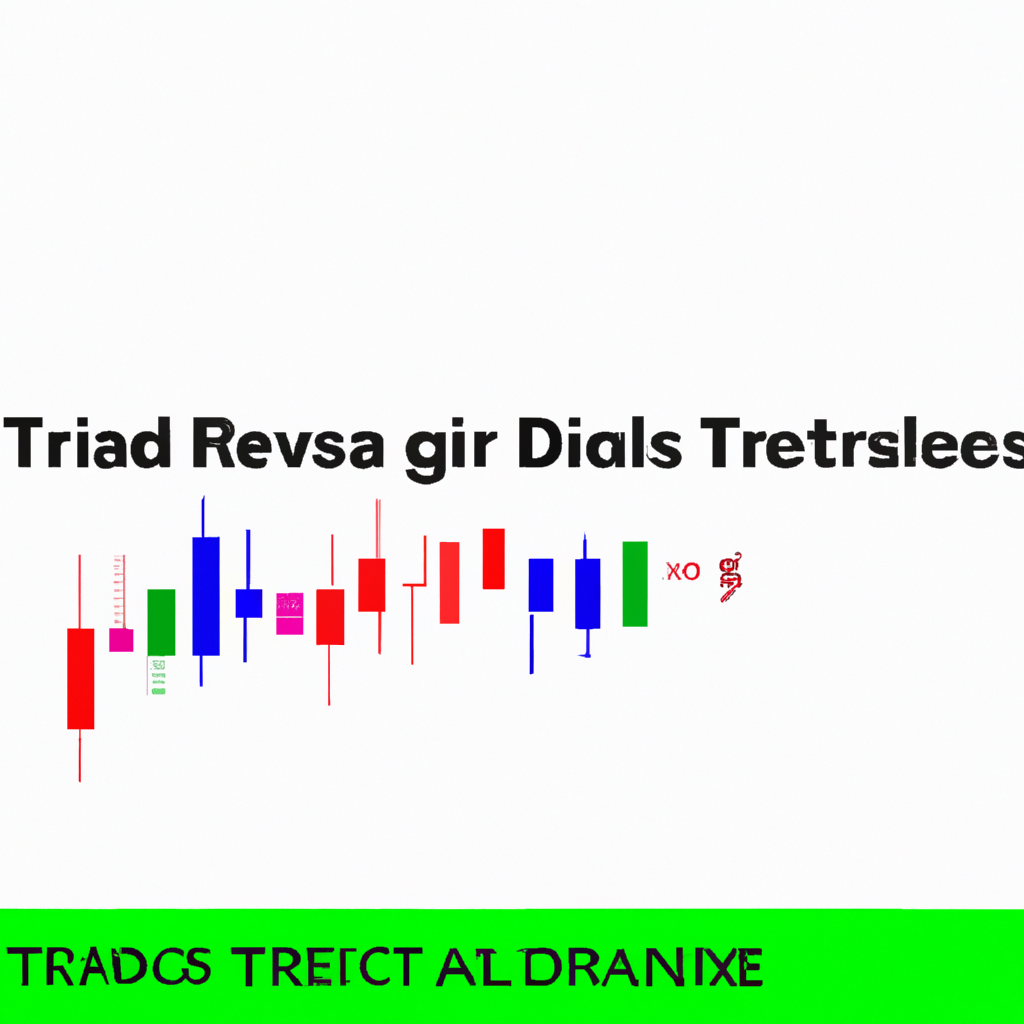RSI Divergence for Trade Entry: A Powerful Tool for Traders
Introduction
When it comes to trading, having a reliable strategy is crucial for success. One popular technique that many traders use is the Relative Strength Index (RSI) divergence. RSI divergence is a powerful tool that can help traders identify potential trade entry points. In this article, we will explore the concept of RSI divergence and how it can be effectively used in trading.
Understanding RSI Divergence
The RSI is a momentum oscillator that measures the speed and change of price movements. It oscillates between 0 and 100, with readings above 70 indicating overbought conditions and readings below 30 indicating oversold conditions. RSI divergence occurs when the price of an asset moves in the opposite direction of the RSI indicator.
Types of RSI Divergence
There are two types of RSI divergence that traders commonly look for:
- Bullish Divergence: Bullish divergence occurs when the price of an asset makes a lower low, but the RSI indicator makes a higher low. This suggests that the price may reverse and start moving upwards, indicating a potential buy signal.
- Bearish Divergence: Bearish divergence occurs when the price of an asset makes a higher high, but the RSI indicator makes a lower high. This suggests that the price may reverse and start moving downwards, indicating a potential sell signal.
Using RSI Divergence for Trade Entry
Now that we understand the concept of RSI divergence, let’s explore how it can be used for trade entry:
- Identify potential divergences: Start by analyzing price charts and the corresponding RSI indicator. Look for instances where the price and the RSI indicator move in opposite directions.
- Confirm the divergence: Once a potential divergence is identified, it is important to confirm it with other technical indicators or price action patterns. This will help validate the divergence and reduce the likelihood of false signals.
- Set entry and exit points: Determine the entry and exit points for your trade based on the confirmed divergence. You can use support and resistance levels, trendlines, or other technical analysis tools to define these points.
- Implement risk management: As with any trading strategy, it is crucial to implement proper risk management techniques. Set stop-loss orders to limit potential losses and consider using a trailing stop to protect profits as the trade progresses.
- Review and adjust: Regularly review your trades and analyze the effectiveness of using RSI divergence for trade entry. Adjust your strategy if necessary to improve your trading results.
Conclusion
RSI divergence is a powerful tool that can help traders identify potential trade entry points. By understanding the different types of RSI divergence and following a systematic approach, traders can improve their chances of making profitable trades. However, it is important to remember that no strategy is foolproof, and proper risk management is essential. With practice and experience, traders can harness the power of RSI divergence to enhance their trading strategies.

